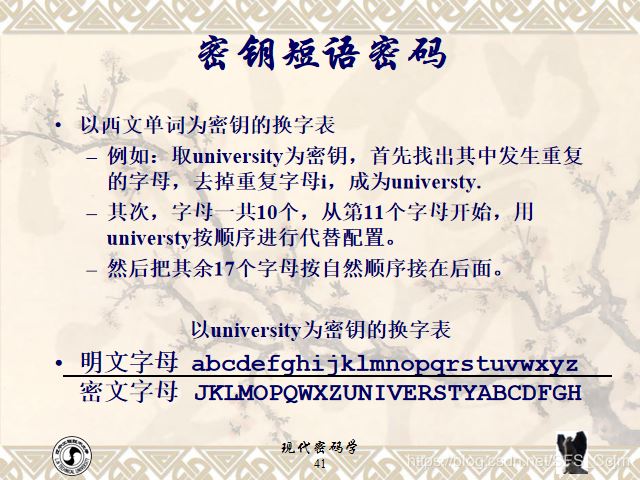Spring-boot oauth2使用RestTemplate進(jìn)行后臺自動(dòng)登錄的實(shí)現(xiàn)
內(nèi)容不限于登錄業(yè)務(wù),主要簡單介紹RestTemplate的用法,包括
使用RestTemplate進(jìn)行post請求 postForObject 使用RestTemplate帶body/form-data進(jìn)行post請求 MultiValueMap 使用RestTemplate帶josn進(jìn)行post請求JSONObject 使用RestTemplate帶頭信息headers進(jìn)行post請求 HttpHeaders登錄流程
定義 RestTemplate 定義 MultiValueMap,構(gòu)造 post的body內(nèi)容 定義 HttpHeaders,構(gòu)造請求的頭部信息 定義 HttpEntity,發(fā)送請求的實(shí)體 定義 RestTemplate,進(jìn)行請求。返回?cái)?shù)據(jù)主要代碼
// 構(gòu)造 post的body內(nèi)容(要post的內(nèi)容,按需定義) MultiValueMap<String, String> paramsMap = new LinkedMultiValueMap<>(); paramsMap.set('grant_type', 'password'); paramsMap.set('username', 'yourname'); paramsMap.set('password', 'yourpassword'); // 構(gòu)造頭部信息(若有需要) HttpHeaders headers = new HttpHeaders(); headers.add('Authorization', 'Basic xxxxxx你的認(rèn)證密鑰'); // 設(shè)置類型 'application/json;charset=UTF-8' headers.setContentType(MediaType.APPLICATION_JSON); // 構(gòu)造請求的實(shí)體。包含body和headers的內(nèi)容 HttpEntity<MultiValueMap<String, String>> request = new HttpEntity(paramsMap, headers); // 聲明 restTemplateAuth(用作請求) RestTemplate restTemplateAuth = new RestTemplate(); // 進(jìn)行請求,并返回?cái)?shù)據(jù) String authInfo = restTemplateAuth.postForObject('http://localhost:8089/oauth/token', request, String.class);
使用josn請求的示例代碼
Posting JSON with postForObject JSONObject personJsonObject = new JSONObject(); personJsonObject.put('id', 1); personJsonObject.put('name', 'John'); HttpEntity<String> request = new HttpEntity<String>(personJsonObject.toString(), headers); String personResultAsJsonStr = restTemplate.postForObject('url', request, String.class);
到此這篇關(guān)于Spring-boot oauth2使用RestTemplate進(jìn)行后臺自動(dòng)登錄的實(shí)現(xiàn)的文章就介紹到這了,更多相關(guān)Spring-boot oauth2 后臺自動(dòng)登錄內(nèi)容請搜索好吧啦網(wǎng)以前的文章或繼續(xù)瀏覽下面的相關(guān)文章希望大家以后多多支持好吧啦網(wǎng)!
相關(guān)文章:

 網(wǎng)公網(wǎng)安備
網(wǎng)公網(wǎng)安備